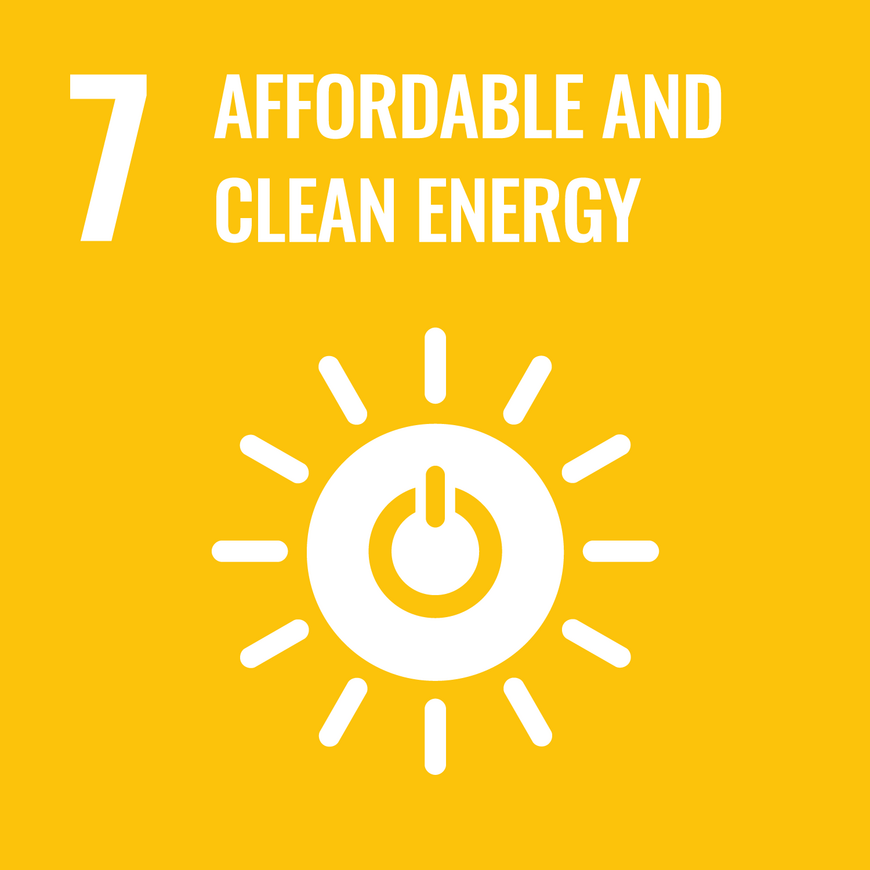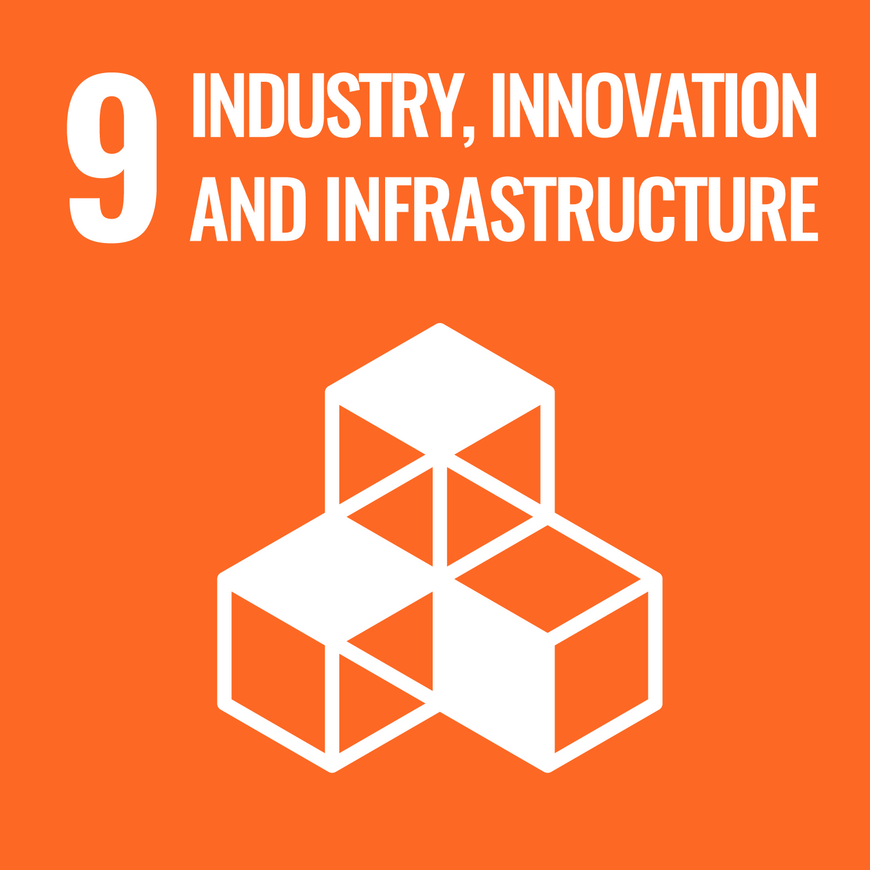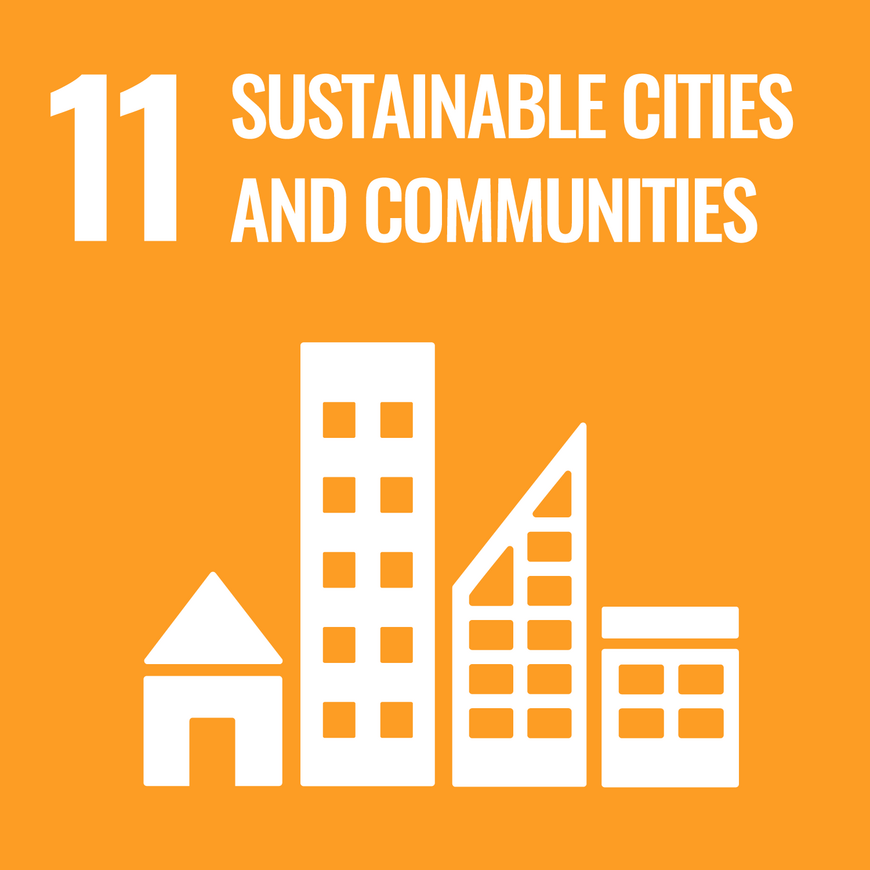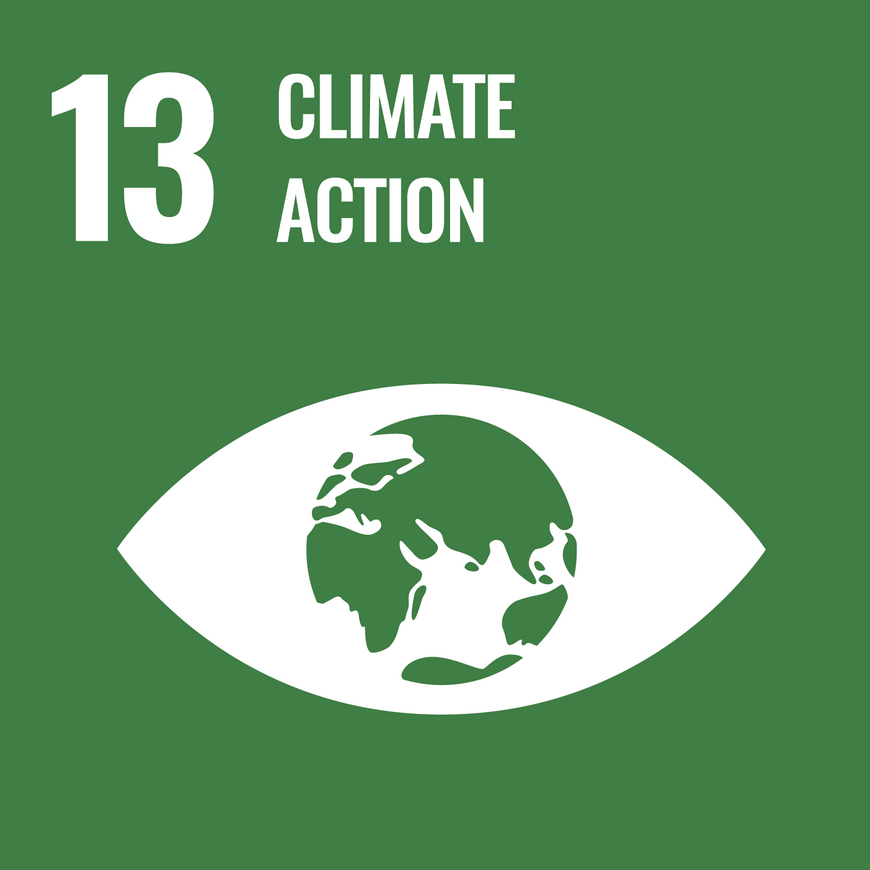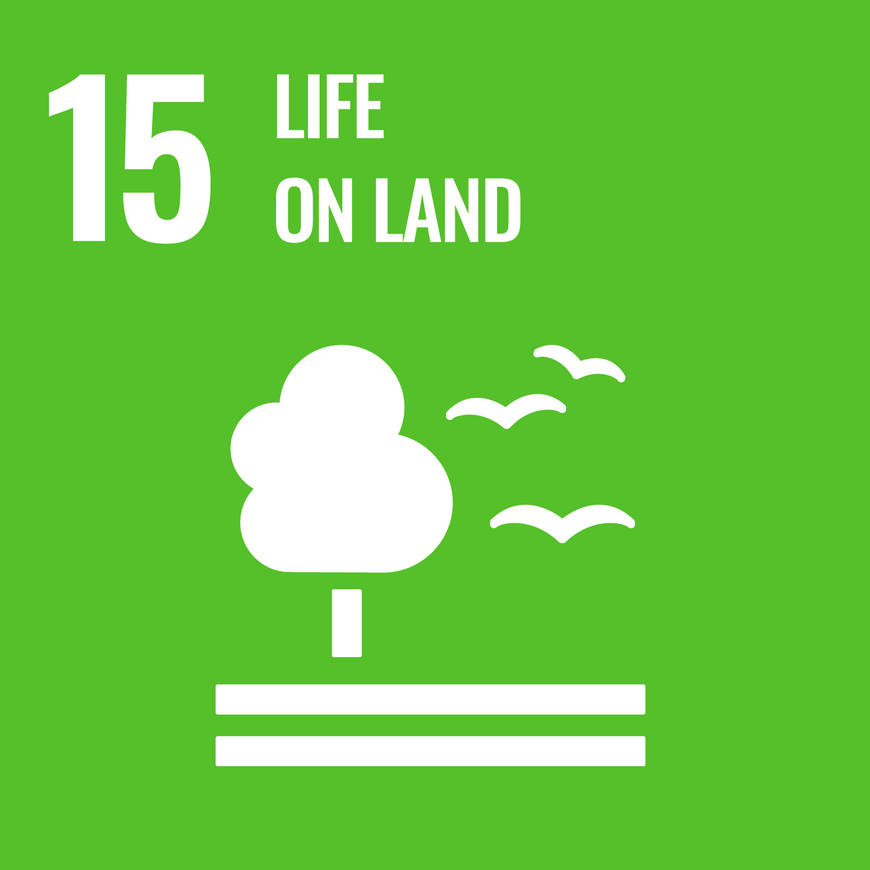Contribution to the UN Sustainable Development Goals in the Department of Geophysics
Our staff in the Department of Geophysics study Earth processes in continental plates and plate margins, earthquakes, volcanism worldwide as well as the Earth's magnetic field and the magnetosphere through direct observations and measurements as well as modelling. The focus of our activities is on the assessment of natural hazards and their impact on settlement areas and infrastructures.
The research topics in our department are strongly linked to the following UN Sustainable Development Goals: #7 - Affordable and Clean Energy, #9 - Industry, Innovation and Infrastructure, #11 - Sustainable Cities and Communities, #13 - Climate Action, #15 - Life on Land.
The geophysical methods at our disposal are used, for example, to assess the hazard potential and impact chains of natural events for society and to derive improved options for e.g. earthquake-resistant construction, risk assessments, event prediction and disaster mitigation. For example, resources will also be conserved in perspective if rapid earthquake warnings still enable the shutting down of power circuits on site and devastating fires as a frequent consequence of earthquakes can be prevented.
Contribution to the heat transition
Contribution to the UN Sustainable Development Goals #7 - Affordable and Clean Energy and #13 Climate Action
Another topic with strong links to sustainability aspects is the exploration and monitoring of resources such as geothermal energy, which is so important for the heat transition, this with the help of geophysical imaging methods. This increasingly relies on existing infrastructure such as the telecommunications cable network. This is sustainable for two reasons: no new measurement network needs to be created and its use is permanently possible and guaranteed. The fibre optic sensor technology (telecommunication cable) makes it possible to detect even the smallest movements, e.g. of fluids in the subsurface, and to process and model them using machine learning methods. This allows us to assess the potential of geothermal energy much better.
The methods of geophysics offer predominantly passive, non-destructive and sustainable measurement procedures, which in principle allow conclusions to be drawn about the physical properties, the structure, the dynamics and processes in the subsurface, but also in near-Earth space.
Satellite security and potential for hydrogen production
Contribution to the UN Sustainable Development Goal #9 - Industry, Innovation and Infrastructure
Improved knowledge of the Earth's magnetic field, for example, contributes to the safety of satellites such as the recently launched environmental satellite EnMAP. Hazards for satellites arise from high-energy particles that are captured by the Earth's magnetic field in near-Earth space. Our research is therefore focused on predicting the acceleration and transport of the particles within the magnetosphere and out into space, as well as the scattering of the radiation particles into the atmosphere. This will enable practical applications such as estimates of pole reversal, space weather prediction and safe satellite operations.
Potential for hydrogen production
Contribution to the UN Sustainable Development Goal #7 - Affordable and Clean Energy
An example of a project with a clear link between basic research and sustainability goals is the GFZ-funded Discovery Project "Modelling mantle exhumation during rifting and basin inversion: links to natural hydrogen as an eco-friendly fuel" by Frank Zwaan in the Geodynamics Section. This is about the application of numerical models on a lithosphere scale to decipher how plate tectonic processes can release mantle material. The link to Sustainability Goal #7 comes from assessing the potential for generating hydrogen from such released mantle material, as it represents a promising but so far largely overlooked source of green energy.
More information about research in the sections of DEPARTMENT GEOPHYSICS.



